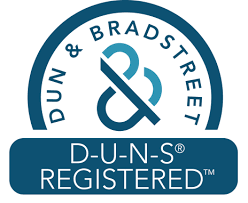Additive Manufacturing for Medical Applications
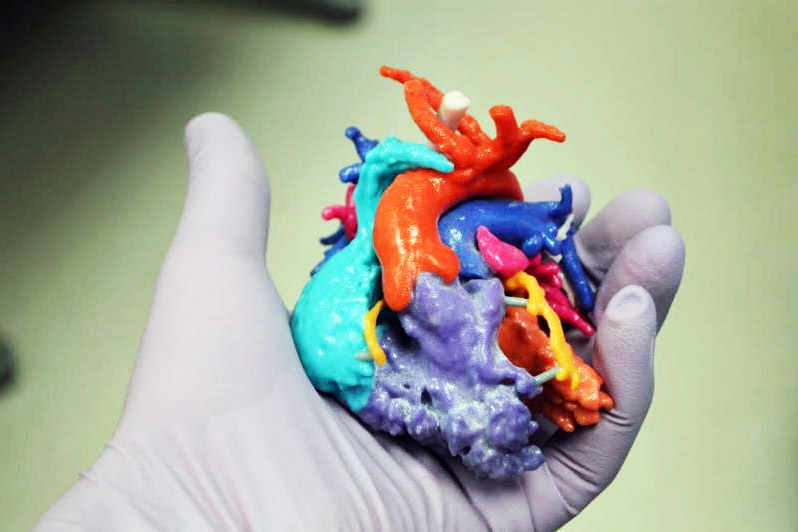
The use of additive manufacturing applications is on the rise, with the market value expected to increase from $6 billion in 2017 to nearly $26 billion by 2022. The advantage of additive manufacturing comes from creating complex structures that vary in complexity, customization, lightweight, strength, and speed. As additive manufacturing for medical devices continues to […]
The Top 5 Design Tips for Medical Products
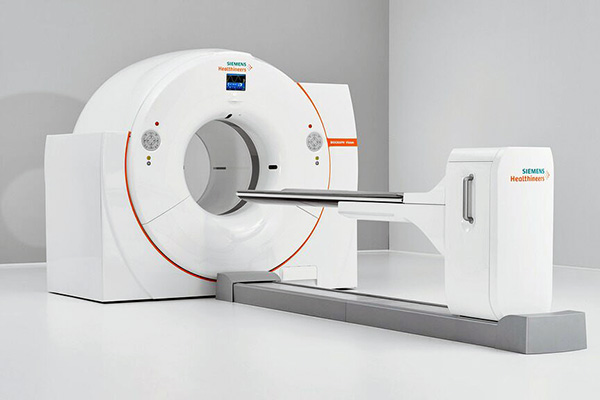
As we all know, devices used in medicine and healthcare must meet the highest standards of performance and reliability. This is as it should be, but medical products are more than merely practical tools or appliances. Although there are many different types and applications, to the greatest degree possible they also must satisfy human emotional […]
The Six Benefits of ISO 13485:2016 For Product Developers
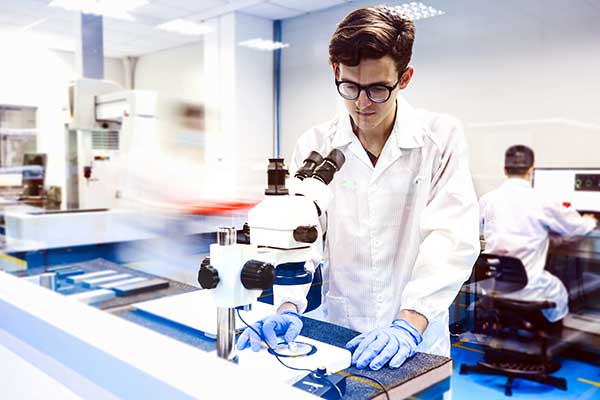
What is ISO 13485:2016? ISO 13485:2016 is a quality system management standard. It’s similar to ISO 9001, but has a few more stipulations to help companies meet the more specialized demands that come with making medical components and healthcare related products. This standard is often referred to when medical and related products are submitted for […]
Six Reasons To Use Vacuum Casting For Medical Products
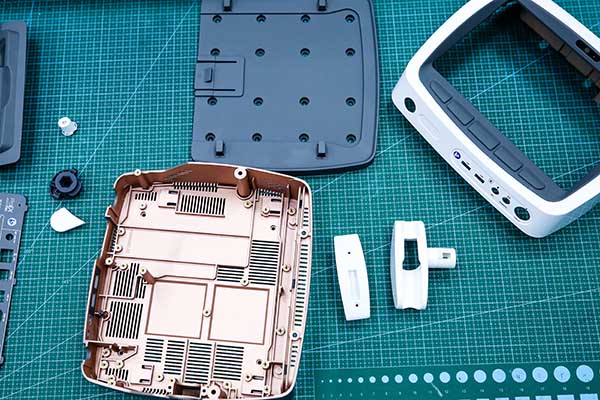
Virtually all new products intended for the medical industry start out as prototypes. Prototypes are used for proof-of-concept, engineering testing, certifications, benchmarking and as design models. And for this purpose, vacuum casting is the ideal rapid prototyping service when preparing a product for high volume production, especially with plastic injection molding. Because injection molding requires […]
4 Benefits of Plastic Injection Molding for Medical Devices: How Injection Molded Medical Devices Can Help You
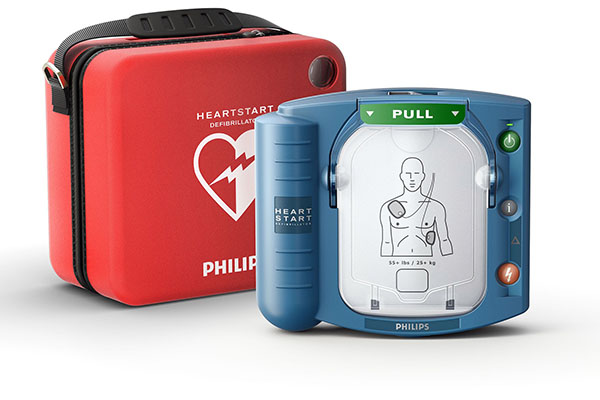
Every day around the world in hospitals and clinics, research laboratories, and universities, numerous plastic products are used for medical parts, devices, appliances, and support equipment. The variety of applications for injection-molded devices is almost limitless. This is due to the fact that plastic injection molding is perfect for making high volumes of identical, close-tolerance […]
The 5 Major Benefits of Using 3D Printing for Medical Devices
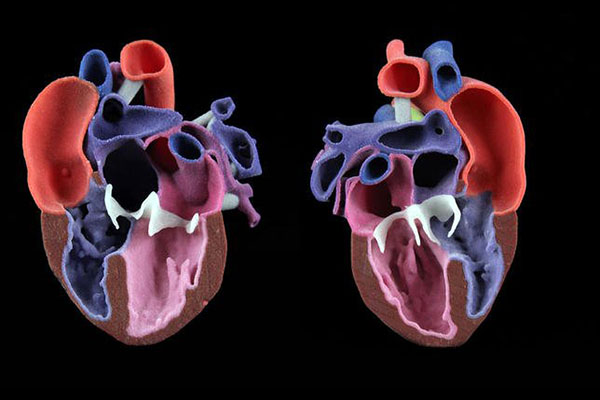
Additive manufacturing in metal or plastic has some limitations as a high-volume production method. It does not, and maybe never will, compete with conventional manufacturing like plastic injection molding or CNC machining when it comes to ultimate speed and efficiency. But that’s ok because 3D printing is a perfect solution for quickly making models and […]
 Portuguese
Portuguese French
French CHINESE (中文)
CHINESE (中文) German
German